Which is the best termite treatment for your home?
Barry Clare | Posted on |
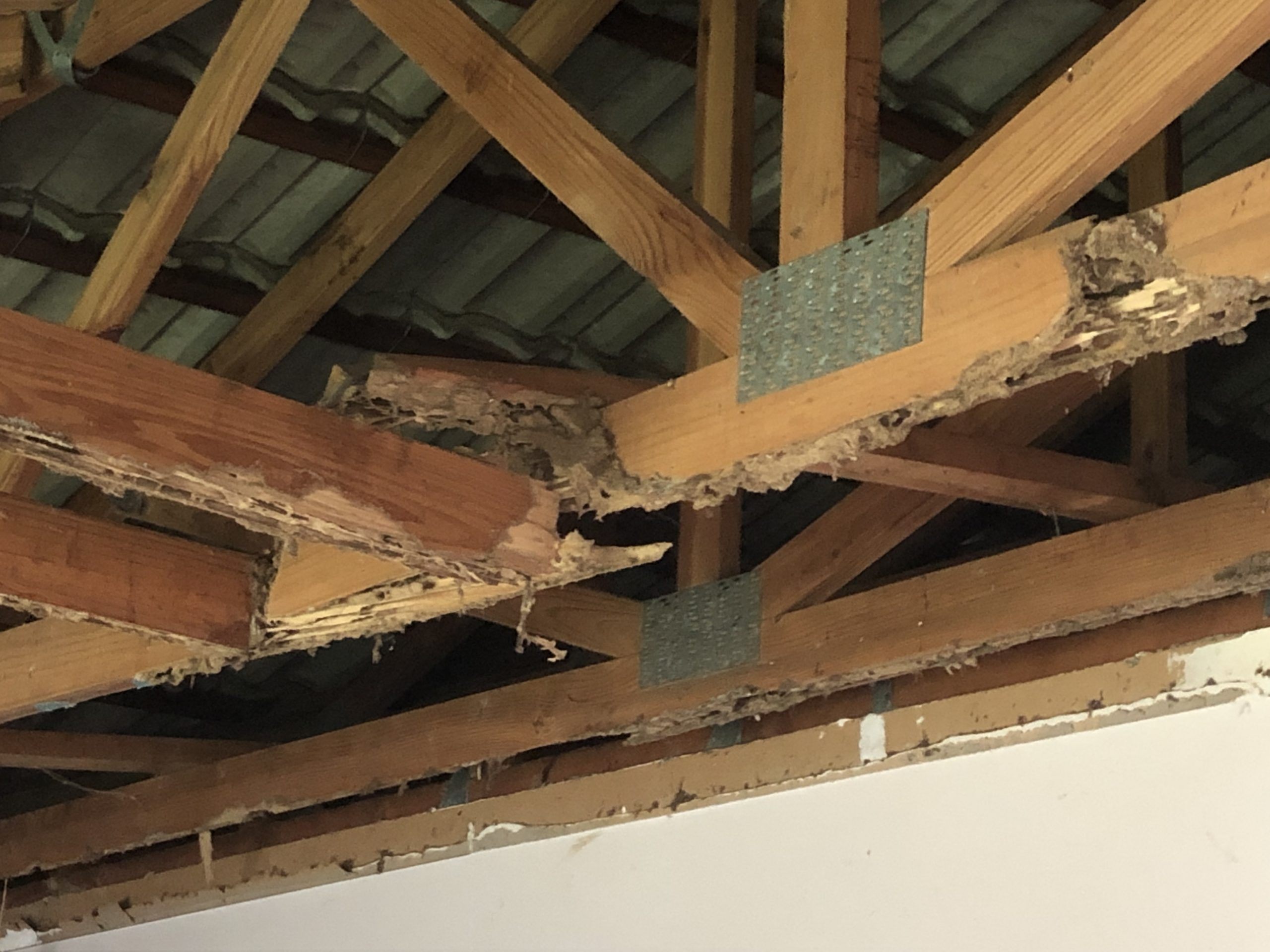
When you want to protect your home from termites, a common question is “What’s the best termite treatment?”
(Admittedly some also ask, “What’s the cheapest termite treatment?” But when it comes to protecting your most valuable asset, most homeowners want the best).
Unfortunately the answer is not so straightforward… it depends…
- It depends on whether you are trying to eradicate termites from the building or protect the building from future termite attack.
- It depends on the nature of the termite attack and the termite species present.
- It depends on the construction of the building.
- It depends on environment factors such as soil type and slope of surrounding land.
It depends…
The best termite control
When it comes to controlling an active termite infestation, homeowners want the termites gone as quickly as possible, but it’s also important that the eradication is complete and long lasting.
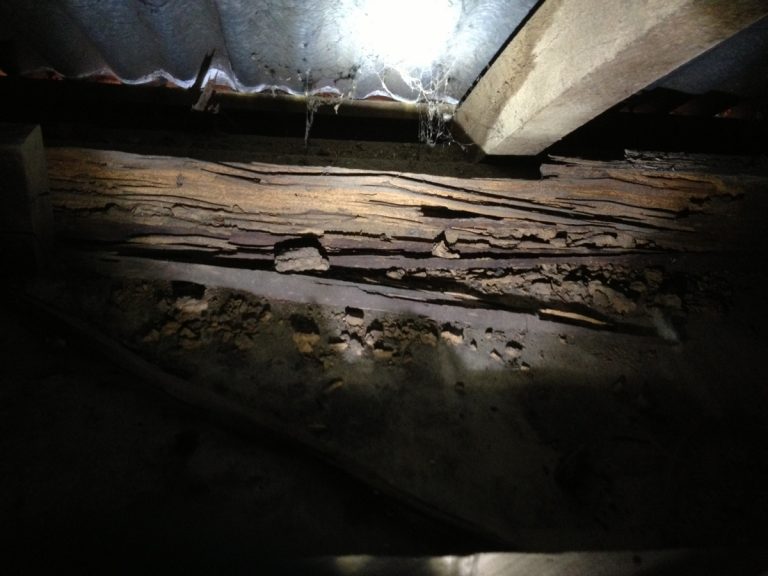
Termite dusts are fast acting, typically controlling termites within a couple of weeks. However, success is dependent on making sure enough of the termites get exposed to the dust. Even though the dust is transferred between termites to magnify the effect, it still requires enough of the termites to receive a dose. However, even if it’s enough to eliminate the termites inside the building it is rarely enough to kill the nest, which means the termites could return.
Termite foams have similar performance benefits and drawbacks to termite dusts. However, termite foams are a better option for humid or wet areas where dusts can clump and become less effective. They are also a good option for larger area treatments such as wall voids.
Termite baits are the only proven method to eliminate termites from the building and destroy the nest. Termites feeding on the bait take it back to the nest where it is fed to the other termites, including the queen. It needs to be slow acting as it has to be spread around the colony before it starts to have an effect. Once they have taken enough bait, the elimination of the nest is guaranteed, but it often take several months to complete the job. On the plus side the nest won’t return to try and attack your home again!
Which termite products are used will depend on the species of termite present, the size of the infestation and the access to suitable areas to treat. In some situations more than one of these options may be suitable – in such cases it comes down to personal preference and cost.
The best termite protection
If a dust or foam has been used to eliminate the termites from the building, it is vital that a termite management system is installed around the perimeter of the home, to prevent a future attack. Even if baits have been used to eliminate the termites from the house, there may be other nests in the area, so ongoing termite protection is vital.
There are two types of termite management systems:
- Chemical treatment to the soil around and under the home
- Installation of a termite monitoring and baiting system
The best termite chemical treatments
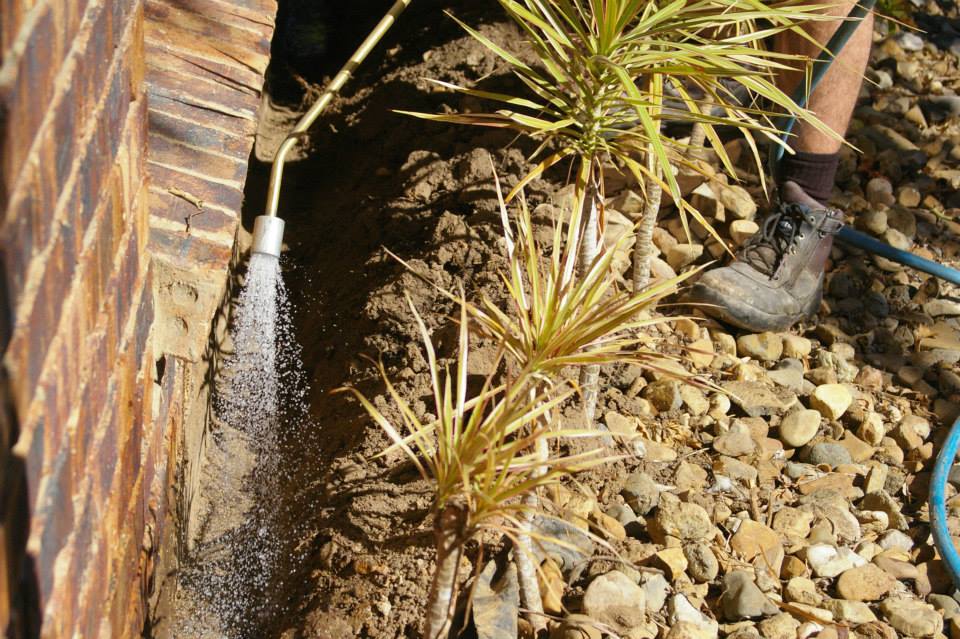
Termite chemical treatments are applied to the soil around buildings (also underneath if there is a sub-floor). These treatments are commonly called termite barriers, but they are better described as a treated zone. This is because the word “barrier” gives the impression of a “force field’ type effect which termites cannot get through. In reality, the soil treatment is meant to work with the physical features of the building to prevent concealed termite entry – termites can still work their way around a treatment, but when they do, they make themselves visible and can be dealt with.
For example, a soil treatment around a brick pier under a home means the termites would need to build a mud tube over the treated soil, up the outside of the brick pier and over the ‘ant’ capping to gain access to the home. Assuming the homeowner has regular termite inspections, this activity will be picked up and dealt with.
As good as chemical treatments are, they may not be the best option for certain construction types, and for sloping blocks and rocky soils they are a big no-no. Indeed, to get an even distribution of product it needs to be a good sandy / loam soil, so sometimes it may be necessary to replace the soil around the building before carrying out a treatment.
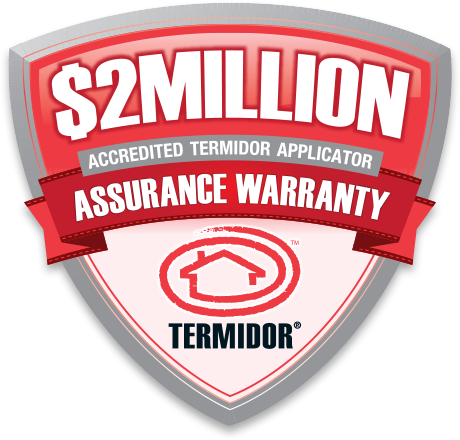
There are a range of termite chemicals available, each with different benefits and prices. In most circumstances, AllPro Pest Control recommend Termidor as a trusted, long lasting solution.
The best termite baiting system
Termite monitoring and baiting systems consist of plastic bait stations containing wood, placed every couple of metres around the perimeter of the building. If there are any termites in the area they start feeding on the wood. This activity is picked up in the regular inspections (every 6-12 weeks). If there are active termites, termite bait is added to the bait station which the termites take back to the nest, killing the colony.
There are a number of good monitoring and baiting systems on the market, but in situations where baiting systems are the best option, AllPro Pest Control recommended the latest innovation Sentricon AlwaysActive. AlwaysActive is different from the other monitoring and baiting systems as the bait station doesn’t contain wood. It consists of a hard rod of termite bait. This attractive, long lasting rod means that the systems is “always active” providing continuous and instant protection to your home.
More information on termite baiting
So which system should you choose?
Although you may have your preferences, it is important to discuss all the options available with your pest professional. Some options may not be suitable for your situation. Similarly, you should be cautious about any pest professional pushing one type of treatment without any justification.
So when it comes to the best treatment, it depends. It is better to think about it as choosing the right treatment to protect your home.
For more information on our termite treatments and the termite treatment process, please go to our termite treatments page.

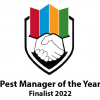
Leave a Reply
You must be logged in to post a comment.